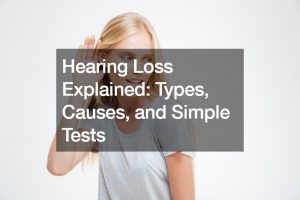Before we begin, let’s get a few things out of the way: vaccines work. No, vaccines do not cause autism. No, vaccines are not poisonous. They are essential to not only ensuring that a person is protected from diseases and illnesses, but it also ensures that no one else gets it.
Good, now that’s out of the way, let’s talk about how vaccines work!
What are Vaccines?
 To put it simply, vaccines are a type of medicine that gives a person immunity from a specific type of virus or disease. Vaccines are created by taking a deactivated version of a specific virus or bacteria and injecting them into a person. In essence, vaccines carry an extremely impotent version of a virus and bacteria, which is why they need to be kept in special vaccine freezers to preserve the viral and/or bacterial DNA.
To put it simply, vaccines are a type of medicine that gives a person immunity from a specific type of virus or disease. Vaccines are created by taking a deactivated version of a specific virus or bacteria and injecting them into a person. In essence, vaccines carry an extremely impotent version of a virus and bacteria, which is why they need to be kept in special vaccine freezers to preserve the viral and/or bacterial DNA.
Now, this might sound dangerous, but don’t worry: the deactivated virus or bacteria they put into your body cannot reproduce nor make you too sick; however, it’s potent enough for your body to develop antibodies that can fight future, stronger versions of the virus or bacteria.
How Do They Weaken the Virus or Bacteria That’s Inside Vaccines?
In general, there are four ways that scientists deactivate viruses and bacteria in the creation of vaccines:
- Cell Culture Adaptation
- Destroying the Virus’ DNA
- Using only a part of the virus’ DNA
- Purifying a bacteria toxin
With cell culture adaptation, scientists change the blueprint of a virus in such a way that it cannot replicate as effectively as before. This method is used in the creation of vaccines for certain diseases like mumps, varicella, rubella, and measles.
The second method involves destroying the part of the virus’s DNA that governs replication. This is used in the creation of the polio vaccine.
The third method involves using only certain parts of a virus or bacteria’s DNA to create a vaccine. Scientists cherry-pick certain functions of the virus and leave out the part of their genes that allows them to replicate.
The fourth method is used primarily in the creation of vaccines for certain bacteria. With bacterial infections, the danger isn’t in the replication of the bacteria, but rather, in the bacteria’s production of harmful toxins. By purifying these toxins and injecting them into a person, the body is able to create antibodies that can fight future versions of the bacteria.
Why Do I Need Booster Shots?
The human body produces immunity from viruses and bacteria via vaccines; however, this immunity declines over time, mostly because antibodies get purged from the body every so often, and because certain strains of viruses and bacteria mutate over time.
This is why people need to take ‘booster’ shots that help their bodies produce the appropriate amounts of antibodies to maintain immunity against a particular virus or bacteria.
Depending on the disease, people need to take booster shots every so often. For example, tetanus boosters should be given every 10 years. Meanwhile, booster shots for the flu should be taken every year because of the flu virus’s propensity for mutating every few months.







